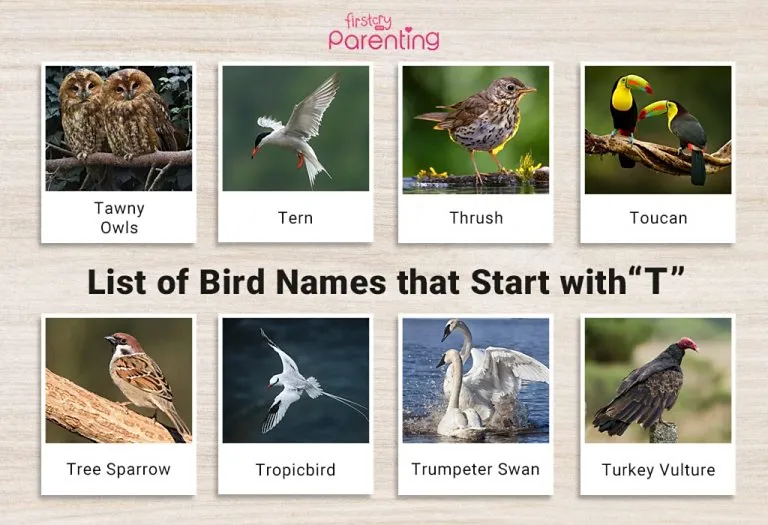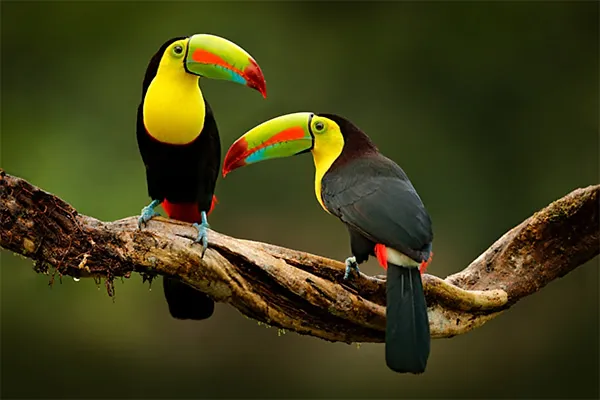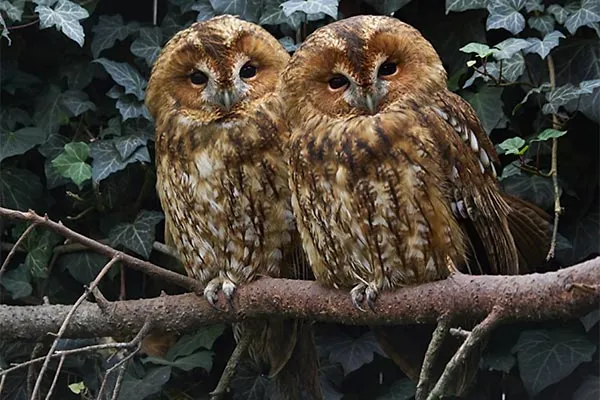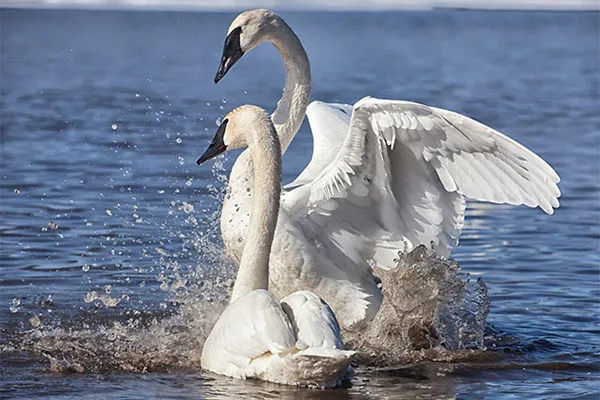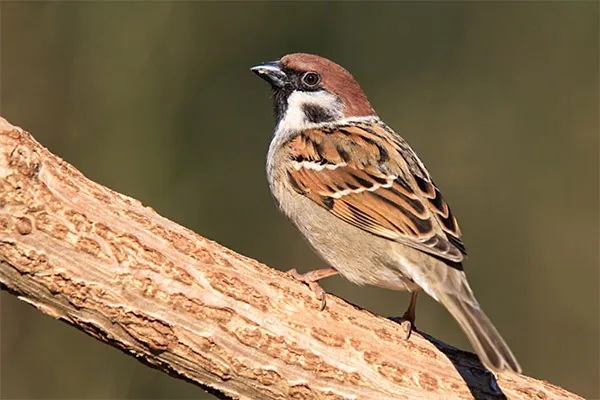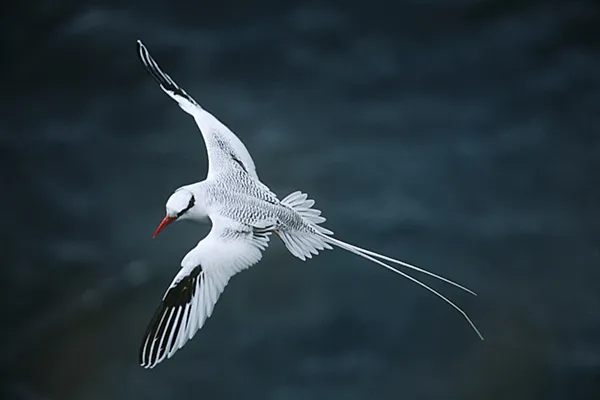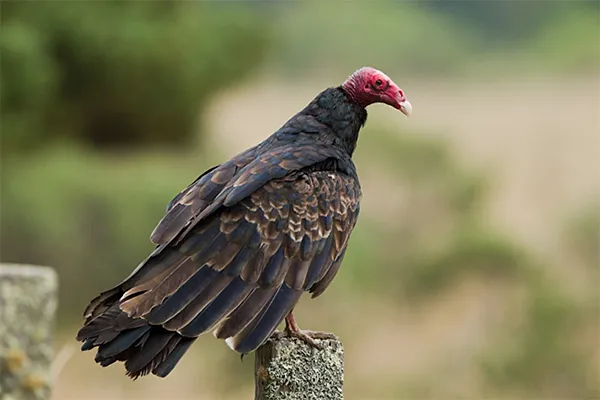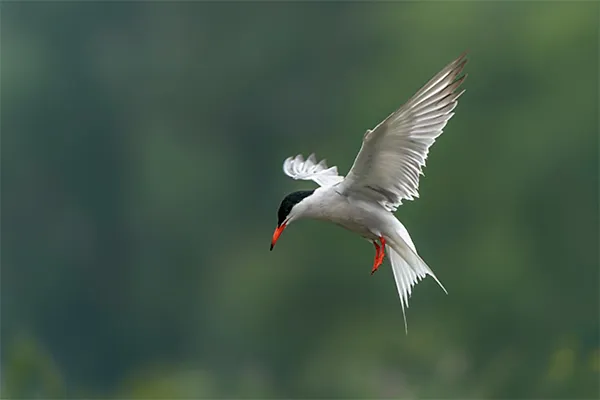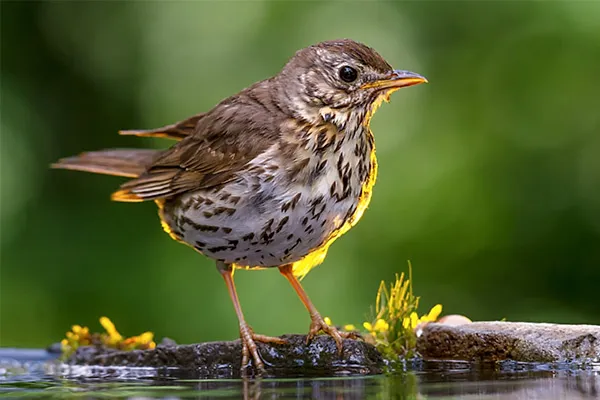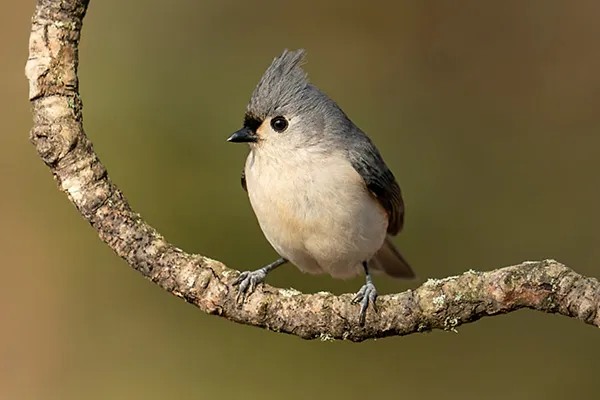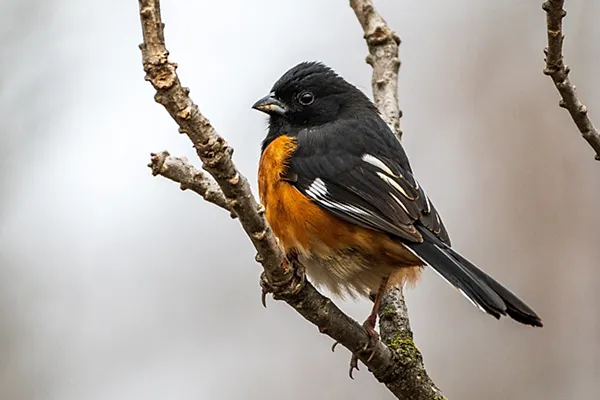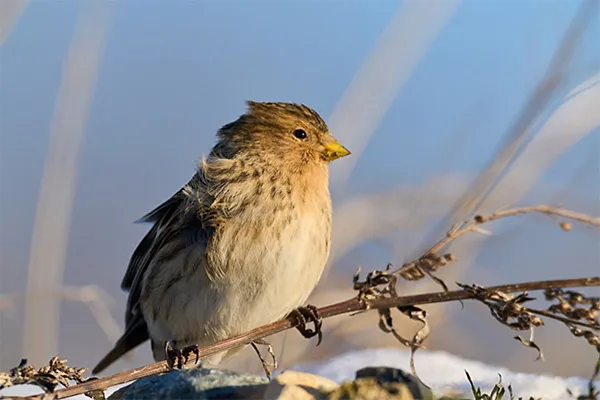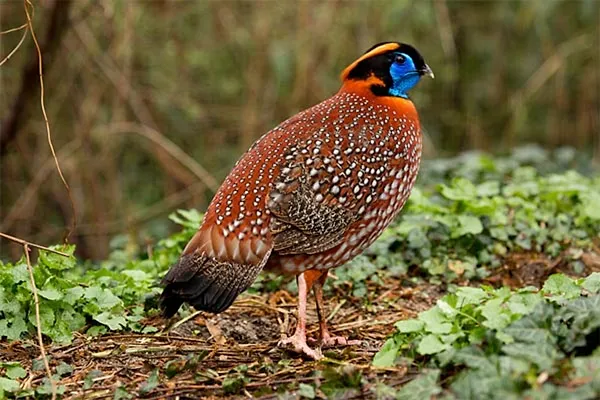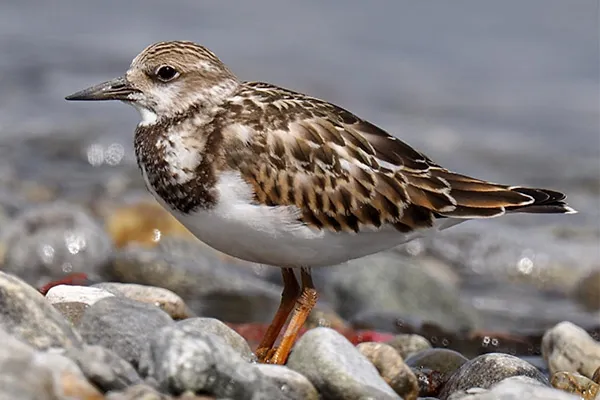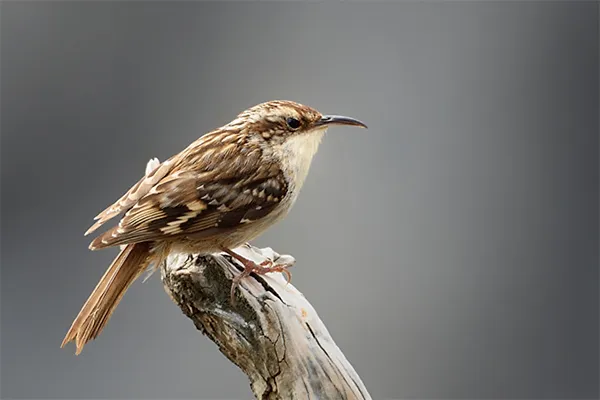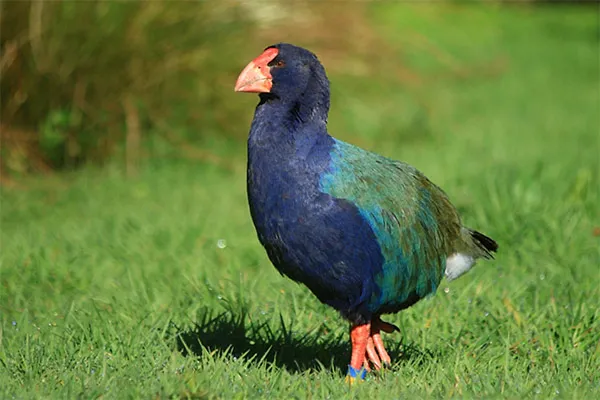List of Birds That Start With T
Ah, the joy of discovering the world of birds! Whether you’re a curious adult or a teacher fostering a love for nature in young minds, there’s something undeniably captivating about exploring bird names that start with the letter T. This particular set of avian wonders not only offers a delightful array of sounds and colours but also serves as an exciting addition to kids’ vocabulary. For parents and educators alike, introducing T letter bird names for preschoolers and kids is a unique way to blend learning and fun. By the end of this article, not only will you have added a bevy of bird names to your personal list, but you’ll also be equipped with fun tidbits to share with youngsters on your next nature walk.
List of Common Birds That Start With T
Venturing deeper into our avian journey, we encounter numerous birds beginning with the letter T. This section dives into the captivating details of some of the most common bird names with the letter T, setting you on a fascinating path of discovery.
1. Toucan
Scientific Name: Ramphastos toco
Where Is It Found: Central and South America’s tropical forests.
The Toucan, with its iconic long, multi-coloured bill and contrasting black-feathered body, is unmistakably charismatic. Standing out amidst the lush tropical greenery, this bird primarily feeds on fruits but won’t shy away from the occasional insect or small reptile. The brilliance of its bill isn’t just for show – it’s a critical tool for reaching and consuming food.
Interesting Facts
- Despite its sizable bill, the toucan’s bill is incredibly light, thanks to its hollow structure filled with small bone supports.
- Also, while they’re iconic in their appearance, toucans are known to be quite the chatterboxes, with a variety of calls ranging from croaks to bugle-like sounds.
2. Tawny Owl
Scientific Name: Strix aluco
Where Is It Found: Woodlands across Europe and Asia.
The Tawny Owl is known for its rounded body, mottled brown plumage, and striking facial disk. These nocturnal birds are masters of stealth, silently swooping down on their prey, primarily small mammals and insects. With keen eyesight and acute hearing, they’re formidable predators during the night.
Interesting Facts
- The Tawny Owl doesn’t actually “hoot” – its iconic call sounds more like ‘ke-wick’ or a drawn-out ‘hooo-hoo-hoo.’
- Interestingly, male and female Tawny Owls have distinct calls, often engaging in duets during courtship.
3. Trumpeter Swan
Scientific Name: Cygnus buccinator
Where Is It Found: North America, primarily in freshwater ponds and rivers.
Among the heaviest flying birds in North America, Trumpeter Swans are striking in their pure white plumage and black beaks. Their long necks are often held straight, both in flight and while swimming. They feed on aquatic plants, often tipping forward in the water (a behaviour known as “dabbling”) to reach food.
Interesting Facts
- Trumpeter Swans got their name from their deep, trumpet-like calls.
- Their strong monogamous bond is touching; once paired, they tend to stay with the same mate for life.
4. Tree Sparrow
Scientific Name: Passer montanus
Where Is It Found: Across Europe and Asia in open woodlands and farmlands.
Smaller and more colourful than its cousin, the House Sparrow, the Tree Sparrow is recognizable by its chestnut crown and white cheeks with a small black patch. These sociable birds often form flocks, feeding on seeds and insects.
Interesting Facts
- Tree Sparrows are resourceful builders.
- They often repurpose old nests of other birds or set up residence in tree holes or even man-made structures.
5. Tropicbird
Scientific Name: Phaethonidae family
Where Is It Found: Tropical oceans around the world.
Tropicbirds are graceful with predominantly white plumage, black markings, and elongated central tail feathers. Their aerial acrobatics over tropical waters are a sight to behold as they dive to catch fish and squid.
Interesting Facts
- Tropicbirds have a unique way of moving on land.
- Due to the placement of their legs far back on their bodies, they move in a shuffle-like manner, making them seem a bit clumsy compared to their graceful flight.
6. Turkey Vulture
Scientific Name: Cathartes aura
Where Is It Found: Throughout the Americas, from southern Canada to the southernmost tip of South America.
With a wingspan of up to 6 feet, the Turkey Vulture is an impressive sight in the sky. Recognizable by its bald, red head and dark brown to black plumage, this bird is an adept scavenger, relying heavily on its keen sense of smell to locate carrion. Often seen soaring in the skies, they utilize thermals for a buoyant and energy-efficient flight.
Interesting Facts
- Contrary to popular belief, Turkey Vultures do not kill; they only consume dead animals.
- Their bald head is thought to be an adaptation to prevent bacteria from sticking while feeding inside carcasses.
7. Tern
Scientific Name: Sterna (genus)
Where Is It Found: Worldwide, especially near coasts, islands, and inland waters.
Terns are sleek and agile birds, known for their slender bodies and pointed wings. They exhibit a graceful flight, often hovering above water before diving down to catch fish. Their sharp beaks and long tails give them a distinctive appearance.
Interesting Facts
- Some species of terns, like the Arctic Tern, are known for their epic migratory journeys, traveling from their Arctic breeding grounds to the Antarctic and back, covering about 25,000 miles each year.
8. Thrush
Scientific Name: Turdidae family
Where Is It Found: Worldwide, especially in forests, woodlands, and gardens.
Thrushes are medium-sized birds, often with spotted underparts and melodious songs. They feed on a variety of foods, including worms, snails, and fruit. Their beautiful singing is often associated with the early signs of spring in many cultures.
Interesting Facts
- The song of the thrush is complex and can often mimic the sounds from their surroundings, including the calls of other bird species and even man-made noises.
9. Titmouse
Scientific Name: Baeolophus (genus)
Where Is It Found: North America, especially in woodlands, gardens, and shrubs.
These small, active birds have a rounded head, short bill, and a plain or slightly crested appearance. They are incredibly curious and will often investigate humans and other animals that enter their territory. Their diet consists mainly of insects and seeds.
Interesting Facts
- Despite their small size, Titmice have a loud voice and a variety of calls.
- They’re also known to hoard food, hiding seeds and other edibles in various locations to consume later.
10. Towhee
Scientific Name: Pipilo (genus)
Where Is It Found: North America, especially in underbrush and on forest floors.
Towhees are ground foragers with striking patterns that vary from one species to another. Most have a mixture of bright and dark colours, making them a delightful sight for birdwatchers. Their diet includes insects, seeds, and fruits.
Interesting Facts
- The name ‘Towhee’ is an onomatopoeic representation of one of their most common calls.
- They have a unique foraging method, often hopping backwards in the leaf litter to uncover hidden insects.
11. Twite
Scientific Name: Linaria flavirostris
Where Is It Found: North Europe and Asia, typically in open areas such as moorlands and coastal sites.
The Twite is a small finch with streaky brown plumage, resembling the Linnet. Their distinguishing feature is their yellow bill during winter, which turns dark in summer. They mainly feed on seeds, especially from grasses.
Interesting Facts
- These birds are known as ‘Twite’ due to their distinctive ‘twit’ call.
- Their population has sadly been declining, and conservation measures are ongoing to understand and prevent this trend.
12. Tragopan
Scientific Name: Tragopan (genus)
Where Is It Found: The mountainous regions of Asia.
Tragopans are medium-sized, ground-dwelling pheasants known for their vivid and colourful appearance, especially in males. They possess ornate skin patterns and fleshy blue and orange wattles that they display during courtship.
Interesting Facts
- Male Tragopans perform elaborate dances to woo females.
- Their dances, combined with the inflating wattles and distinct vocal sounds, make their mating ritual one of the most unique in the bird world.
13. Turnstone
Scientific Name: Arenaria (genus)
Where Is It Found: Coastal regions worldwide.
As the name suggests, Turnstones have a unique feeding habit of turning over stones, seaweed, and other debris to find hidden invertebrates. They have a compact build with a slightly upturned bill and display a combination of black, white, and rufous in their plumage.
Interesting Facts
- Turnstones have two primary strategies to find food: “turning” (flipping objects) and “probing” (using their beak to explore soft substrates).
- Their adaptability is impressive; they’ve been observed opening discarded mussel shells by dropping them from heights onto hard surfaces.
14. Treecreeper
Scientific Name: Certhia (genus)
Where Is It Found: Woodlands across Europe and Asia.
Treecreepers are small, inconspicuous birds with slender, down-curved bills. Their cryptic plumage helps them blend seamlessly with tree barks. They have a unique habit of spiralling up tree trunks and branches to probe for insects and spiders.
Interesting Facts
- Their toes are specially arranged – three pointing forward and one backwards, allowing them to firmly grip and navigate tree surfaces.
- Interestingly, they generally move upwards on trees, often flying to the base of a neighbouring tree to begin their ascent anew.
15. Takahe
Scientific Name: Porphyrio hochstetteri
Where Is It Found: New Zealand, particularly the Fiordland region and some offshore islands.
The Takahe is a flightless bird with a stout build, showcasing striking blue and green plumage and a bright red bill. Once thought to be extinct, a small population was discovered in the remote mountains of Fiordland in 1948.
Interesting Facts
- Due to their inability to fly and limited natural range, Takahes are vulnerable to introduced predators.
- Conservation efforts are underway, including breeding programs and predator control, to ensure the survival of this unique species.
This is just a peek into the captivating world of birds beginning with the letter T. Each bird name with T carries its unique story, habitat, and characteristics. Stay tuned and curious as we continue to explore the avian wonders that our planet has to offer.
Other Birds Beginning With T
Beyond the birds detailed earlier, the avian world holds an even vaster collection of species where each name of the bird starts with the letter T. Dive in, and discover a plethora of bird names, each holding its unique place in the world of ornithology.
- Taita Falcon
- Taiwan Barwing
- Taiwan Scimitar Babbler
- Taka-Taka
- Talamanca Hummingbird
- Taliabu Leaf Warbler
- Taliabu Myzomela
- Taliabu Bush Warbler
- Tamaulipas Crow
- Tamarugo Conebill
- Tambourine Dove
- Tanager Finch
- Tan-capped Catbird
- Tandala Ground Thrush
- Tanna Fruit Dove
- Tapajos Antpitta
- Tapanuli Owlet
- Tape-tailed Manakin
- Tapir Thornbird
- Taraba Major
- Tasmanian Nativehen
- Tasmanian Scrubwren
- Tasmanian Thornbill
- Tawny Antpitta
- Tawny-bellied Hermit
- Tawny-breasted Honeyeater
- Tawny-breasted Wren-babbler
- Tawny-capped Euphonia
- Tawny-chested Flycatcher
- Tawny-collared Nightjar
- Tawny-faced Gnatwren
- Tawny-faced Quail
- Tawny-green Tyrannulet
- Tawny-headed Swallow
- Tawny Piculet
- Tawny-rumped Tyrannulet
- Tawny-shouldered Blackbird
- Tawny-throated Dotterel
- Tawny-tufted Toucanet
- Tawny-winged Woodcreeper
- Tayra Antbird
- Teita Falcon
- Temminck’s Hornbill
- Temminck’s Lark
- Temminck’s Stint
- Temminck’s Sunbird
- Temminck’s Tragopan
- Temperate Silky-flycatcher
- Tennessee Warbler
Each bird on this list, like a jigsaw piece, completes the grand mosaic of our planet’s avian biodiversity. If ever the allure of a bird starts with the letter T catches your fancy, you now have an extensive list to begin your exploration. Happy birdwatching!
FAQs
1. How many bird species have names starting with the letter T?
There are hundreds of bird species whose names begin with the letter T. The exact number varies based on classifications and updates in ornithology.
2. Are there any endangered birds on the T list?
Yes, several birds, like the Takahe and Taliabu Leaf Warbler, face conservation challenges and are considered endangered or vulnerable.
3. Which bird that starts with a T is known for its epic migration?
The Tern, especially the Arctic Tern, is renowned for its incredible migratory journey, covering about 25,000 miles annually.
4. Do all birds beginning with the letter T have similar habitats?
No, birds starting with T can be found in a wide range of habitats worldwide, from mountainous regions to coastal areas and everything in between.
5. What’s a common bird beginning with T that can be seen in North America?
The Turkey Vulture is a widespread and commonly observed bird in North America known for its scavenging habits.
In the fascinating world of ornithology, the letter ‘T’ unveils a treasure trove of bird species, each uniquely contributing to our planet’s rich biodiversity. From the skies to the forests and the coasts, these avian wonders captivate us with their behaviors, songs, and vibrant colors. As you venture further into the realm of birdwatching, may this guide inspire a deeper appreciation and curiosity for the feathery wonders that grace our world.
Birds Names That Begin With (A to Z)
| A | B | C | D | E | F | G | H | I |
| J | K | L | M | N | O | P | Q | R |
| S | T | U | V | W | X | Y | Z |
Was This Article Helpful?
Parenting is a huge responsibility, for you as a caregiver, but also for us as a parenting content platform. We understand that and take our responsibility of creating credible content seriously. FirstCry Parenting articles are written and published only after extensive research using factually sound references to deliver quality content that is accurate, validated by experts, and completely reliable. To understand how we go about creating content that is credible, read our editorial policy here.





